Innovating Remembrance – The Elegance of the Automated Columbarium
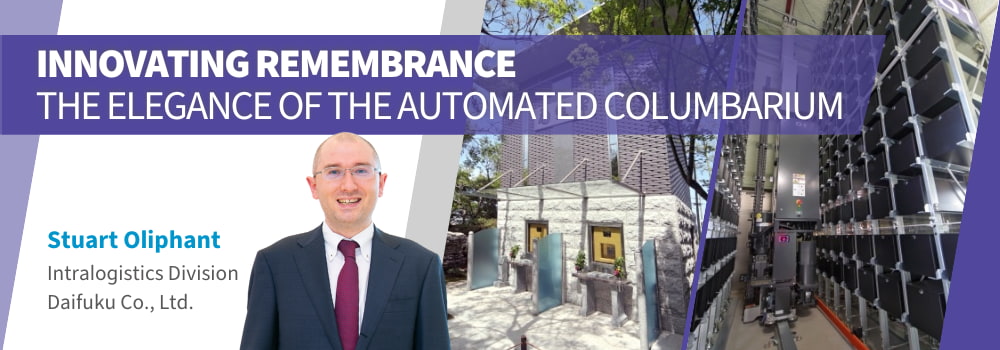
Losing a loved one is something that each of us will experience during our lifetimes. One of the important choices a family faces during a loved one’s passing is whether to go with a casket funeral or cremation.
Interestingly, while burial was the most common funeral ceremony for many years, particularly in the west, in many parts of the world cremation has now surpassed burial as the most common ceremony.
In 2022, the cremation rate in the US and Canada was around 59% and 74.4% respectively. By 2027, that number is expected to rise to 74.4% and 78.8% according to current trends (*1). At the same time, within many countries in Asia, cremation is and has been the preeminent funeral approach for a long time. In Japan for example, 99% of all dead are cremated, in Singapore it’s around 80%, and in South Korea it’s 88% (*2).
Now, given that we’re talking about this in a Daifuku blog post, you’re probably already wondering, what does cremation have to do with automation or material handling?
Its rise has led to the automated columbarium. While automated storage and retrieval systems (AS/RSs) are often linked with more conventional items such as boxes, totes, and pallets for factories and warehouses, they can, and do, hold a range of unique items.
What is a columbarium?
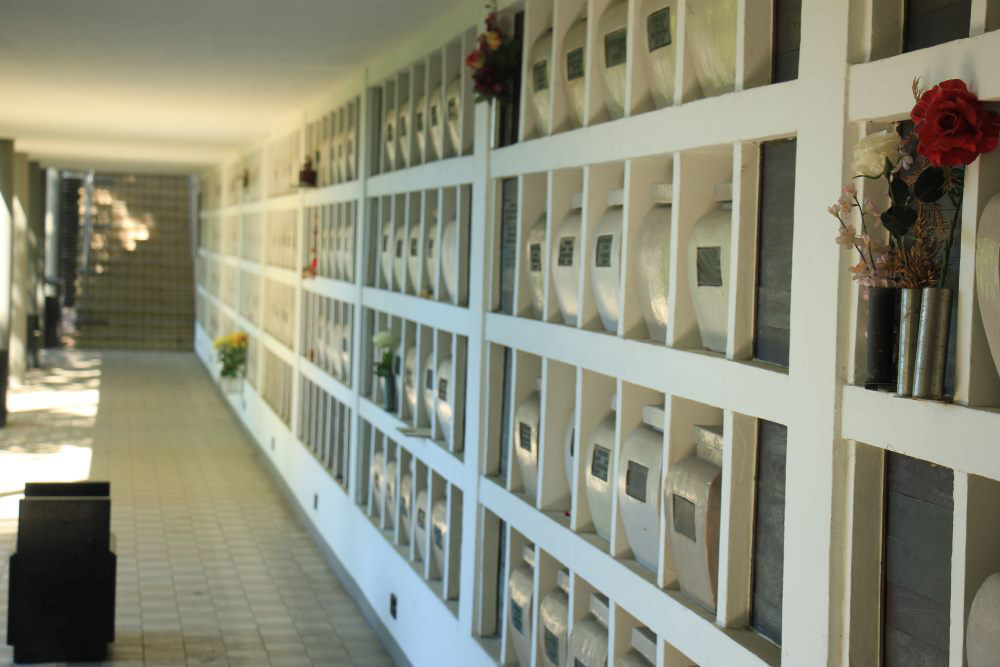
It’s a building or room used to store urns holding cremated remains. A single storage space in a columbarium is typically referred to as a niche.
Why automate one?
A traditional columbarium is typically built so that shelves are visible at human height, which limits how many urns can be stored. This is a particularly prominent issue in locations where land prices are high or there is a shortage of available space. This combined with the growing trend toward cremation is presenting a notable challenge within the funeral industry.
Automation allows for columbarium storage to be up to 20 meters high and in a smaller footprint. In densely populated areas this provides a more cost-effective solution for storing urns.
How does the system work?
When an urn is entered into an automated columbarium, the family will receive an ID card linked with the urn. The family simply scans the card against a reader and the AS/RS and related software kick into action, bringing the urn to a prayer booth (worship booth) where the family can pay their respects.
At the booths, monitors are often part of the design and can show pictures and videos of a loved one. While prayer booths can be located indoors, they can also be located outside as well.
The AS/RS component of the solution looks and functions like a regular automated storage system. Racking can store many hundreds to many thousands of urns and the stacker crane gently stores and retrieves each one.
Efficient on the inside, beautiful on the outside
Prayer booths can come in an array of different designs and styles to fit a particular religion or theme and can come with a variety of different features.
-
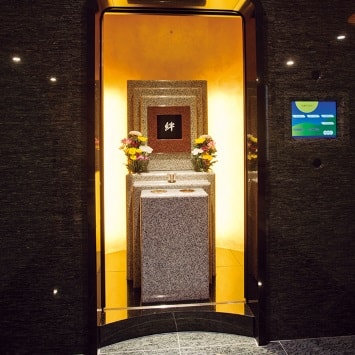
A beautiful black and gold indoor prayer booth
-
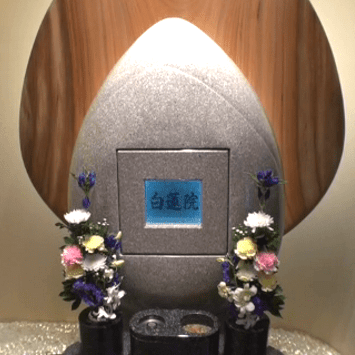
Private indoor booth featuring an artistic gravestone
-
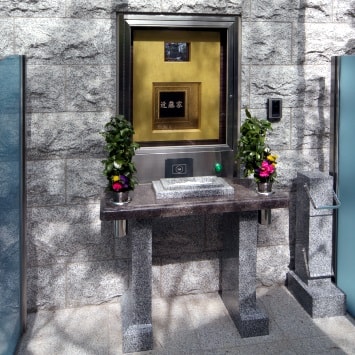
Water-proof prayer booth for an outdoor columbarium
The future of the automated columbarium
With many societies increasingly shifting to cremation over traditional burial, needs for automated columbaria are likely to grow, especially as more and more people move into cities and further away from family graves. Within Japan, this trend is already witnessing a transfer of urns from existing cemeteries out in the countryside closer to home in a big city. The automated columbarium offers families a financially viable alternative. Further, while there are many variables, when compared to a conventional burial ground, one columbarium example in Japan highlighted that the cost of an automated columbarium niche was one third the price (*3).
Also, with the growth of new technologies, things such as voice cloning and digital avatars have the potential to enhance the visiting experience and allow those to connect with their deceased loved ones in unique ways.
Tried-and-tested Daifuku technology
With a wealth of experience in AS/RSs and the growth in automated columbarium projects both in Japan and Singapore, Daifuku is well equipped to lead this industry and provide families with alternatives that fit the modern age. Check out our columbarium page for more details and to find some of our case studies showcasing some beautiful sites.
Stuart Oliphant

Marketing and Sales Support, Daifuku
Joining Daifuku in 2016, Stuart is based out of the Tokyo Head Office. Initially contributing to the Corporate Communications Department, Stuart transitioned to the Intralogistics Division in April 2022. In his current role, he drives Intralogistics business marketing and sales-support initiatives, which sees him maintain the Intralogistics section of the Daifuku website and lead the Company's official LinkedIn channel amongst other efforts.
